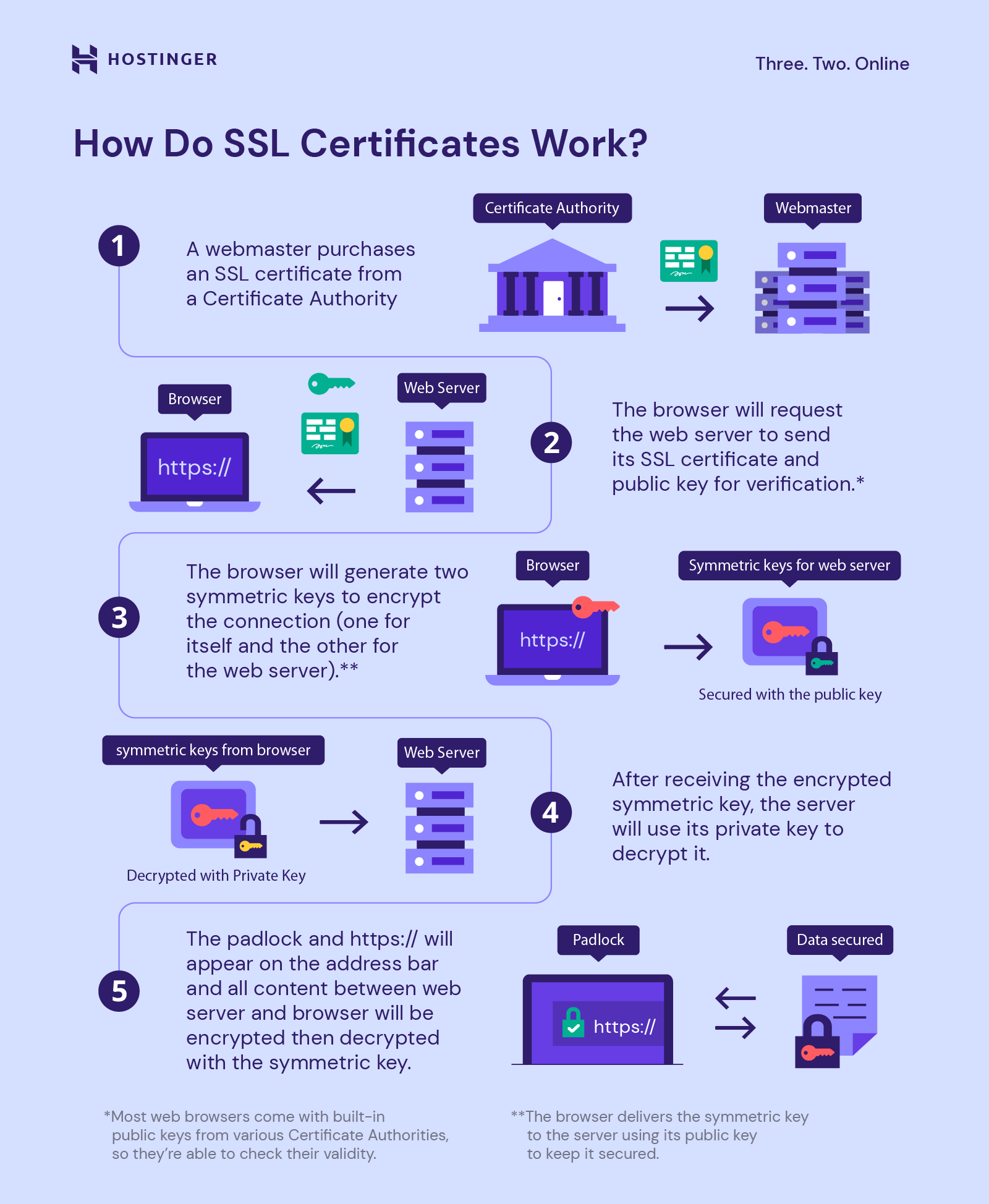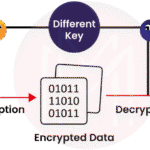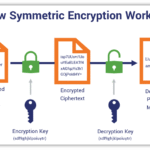In the modern technological landscape, the acronym SSL carries a weight far beyond its origins. It stands for Secure Sockets Layer, a protocol initially designed to safeguard data transmitted over the internet. However, as digital interactions proliferate, SSL has emerged as a cornerstone of cybersecurity, transforming our understanding of trust and security in online communications. To delve deeper into what SSL represents today, it is crucial to explore its origins, evolution, current applications, and the critical role it plays in our digital interactions.
The inception of SSL can be traced back to 1994 when it was developed by Netscape. The fundamental aim was to enable encrypted communication between a web server and a browser. By securing this communication, SSL aimed to protect sensitive data such as credit card numbers, personal information, and login credentials from interception by malicious actors. This revolutionary approach heralded the beginning of a new era in online transactions, fostering an environment where users could engage without apprehension.
As technology progressed, so too did the need for enhanced security measures. The original SSL protocol underwent numerous iterations; what began as SSL 1.0 soon transitioned to SSL 2.0 and, ultimately, SSL 3.0. However, with evolving cyber threats, these versions eventually became obsolete, leading to the development of the Transport Layer Security (TLS) protocol. Though often referred to interchangeably with SSL, TLS is the modern standard, offering improved security features and addressing vulnerabilities present in earlier SSL versions.
To grasp the significance of SSL/TLS in today’s environment, one must appreciate its omnipresence. From high-stakes financial transactions to casual browsing, its impact is undeniable. Websites adorned with “HTTPS” in their URLs signify that they employ SSL/TLS protocols to encrypt communications. This seemingly simple addition is a powerful promise of security, indicating that an entity has taken steps to protect its users’ data integrity and privacy. In an era where data breaches and identity theft are rampant, the symbolism of HTTPS serves as a beacon of trust for end-users.
Moving beyond basic transactions, SSL has woven its way into the fabric of various sectors, including e-commerce, banking, healthcare, and social networks. Particularly in e-commerce, the assurance of secure transactions is paramount. SSL certificates enable businesses to operate effectively, instilling confidence in consumers to provide their financial details, thereby facilitating seamless transactions. The reluctance that may accompany online shopping diminishes as users recognize the safeguard of SSL certification.
Moreover, the role of SSL in safeguarding sensitive personal information cannot be overstated, especially in healthcare. With the proliferation of telemedicine and health information exchanges, the integrity of patient data is of the utmost importance. SSL ensures that sensitive health records are transmitted securely between patients and providers, thus preserving confidentiality and fostering trust in digital health solutions.
Intriguingly, SSL also impacts search engine optimization (SEO). Major search engines, including Google, take into account the security of a website when determining its ranking. This adds an additional layer of incentive for webmasters to invest in SSL certification, as secure websites may enjoy higher visibility. Consequently, SSL becomes not just a tool for security but a vital component in the competition for online presence.
Beyond its practical applications, SSL invites a deeper philosophical exploration into the nature of digital trust. In an increasingly interconnected world, users have begun to place their faith in invisible protocols and cryptographic techniques. SSL embodies the paradox of trust; we trust what we cannot see, a transformation in how people perceive security online. This shift in perspective compels individuals and businesses alike to redefine their relationship with technology, acknowledging that their interactions in the digital realm hinge upon complex mathematical principles and algorithms that work tirelessly to safeguard their data.
Furthermore, the future of SSL is as intriguing as its past. As cyber threats grow in sophistication, the need for robust security measures will only escalate. Innovations may lead to the development of advanced cryptographic techniques, pushing the envelope of what SSL can achieve. Concepts such as quantum key distribution could redefine encryption standards, thereby enhancing SSL’s capabilities in protecting data in an era where quantum computers could pose unprecedented risks to traditional encryption methods.
In addition, the realm of Internet of Things (IoT) devices presents a fresh challenge for SSL. With the proliferation of interconnected devices, ensuring secure communication between them is paramount. As more everyday items become smart devices, the underlying encryption protocols must evolve to maintain integrity and confidentiality across a vast network of communications.
In conclusion, the phrase SSL has evolved from a simple technical term into a symbol of trust and security in the digital age. Its journey from Secure Sockets Layer to an essential component of modern technology encapsulates the challenges and triumphs of cybersecurity. As our digital interactions continue to diversify and deepen, the importance of SSL-related technologies will only intensify, prompting ongoing innovation. It invites us to reconsider not only how we interact with technology but also how we can foster a future where security and trust remain paramount in our digital engagements. The digital world may seem cloaked in complexity, but with SSL, we delineate a path toward a more secure tomorrow.









Leave a Comment